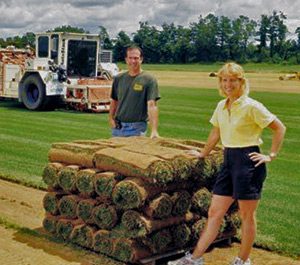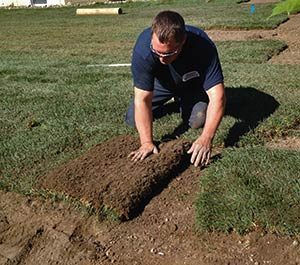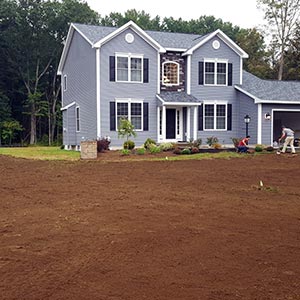When is it OK to mow the newly installed sod?
Sod can be mowed as soon as it needs it; raise the mower blade to its highest setting for the first few mowings. General rule-of-thumb: don’t cut more than one third of the blade to avoid shocking the plant.
Any recommendations for mowing new sod?
- Maintain sharp mower blades to ensure a clean cut, promote healthy growth, and prevent fungus.
- Mow when the grass is dry
- Mow often, at a good healthy height of around 2 ½ -3 inches. Mowing at shorter heights will put added stress on the plant and require additional care.
Should I bag my clippings or leave them on the lawn after mowing sod?
“Grasscycling” is good for your lawn! Clippings generally decompose rapidly, returning nitrogen and other valuable nutrients to the soil. However, if clippings are heavy, you may need to rake and remove them.
Do clippings lead to thatch?
No. Thatch buildup is caused by grass stems, shoots and roots — not clippings.
When should I fertilize my lawn?
We recommend a holiday schedule—Memorial Day, Labor Day, and Halloween. Check out more fertilization tips for new sod!
What can I do about dog spots on my lawn?
Burned or discolored spots are likely due to urine which is a salt solution, and contains ammonia. When foliage is coated, it draws moisture out of the grass, leaving the spot wilted or brown where grass has been killed. Grass around the dead spot will “green up” as the nitrogen in the urine is taken up by healthy roots. In the winter, moisture from the rain and cooler temperatures make it less likely for grass to burn. To minimize damage, immediately sprinkle the area with water to wash the salts off, or set your sprinkler timer to come on after your dog goes out.






